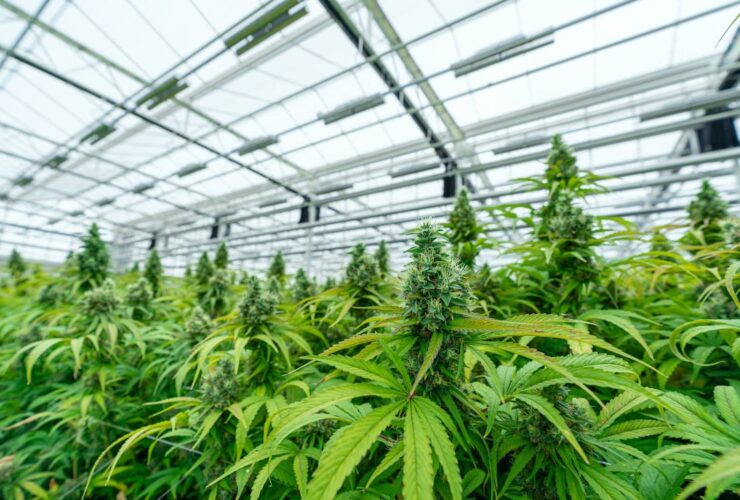Cannabis ERP systems: To upgrade, or not to upgrade, that is the question.
As Hamlet famously asked the difficult question, our question might be a bit easier to answer (and also less morbid). Despite it being advantageous for us to recommend that everyone does upgrades (as it would be good for business) the fact is upgrades are NOT for everyone, but we’re here to help guide you.
Upgrades can be amazing, delivering a lot of efficiencies, new features, and functionality, even performance improvements amongst many other things. But, the most important aspect in upgrading cannabis ERP systems is timing.
Most of us have bought a car in our lifetimes, and whether it was a new or used car, bought or leased, the value must be there for it to make sense. If I’m driving last year’s model and the new model just has an aesthetics update most drivers might be envious, but it isn’t going to make us reroute to the dealership to trade in our car.
Now, let’s say I’m driving a 10-year-old car. There might now be a significant number of new safety, features, aesthetic changes, better gas mileage, etc. All these changes might now add up to being ‘worth it’. To the frugal buyer they might do a simple cost benefit and keep driving that old reliable car for a few more years to maximize the value.
For our third and final terrible car analogy, let’s say I’m driving that 10-year-old car. But, since I bought it, I now have two kids and a recently adopted dog that are all piled into the backseat that is constantly smothered with goldfish crackers and dog hair. Now I have a really good case to go look at a new car because our requirements have changed AND we will get direct and ancillary benefits as well.
These three cases are on wildly different parts of the spectrum, and in reality most businesses are as well as they look at whether an ERP or seed-to-sale software upgrade is right for them and specifically the timing on when to do that.
To upgrade:
- Change in requirements: This is the most common trigger; acquisitions, business growth, new functional areas, new industries, process overhauls, and more can all be significant to your business, and as a result, your ERP needs to mold and adapt with you, this can be a perfect time to get additional direct and ancillary benefits from an upgraded tech stack.
- Outdated versioning: This one has a big caveat: not all old versions are truly ‘old’. Just because there is a new version does not make the prior versions antiquated or on their way out, but if you are running into compatibility issues, not able to get needed integrations or data, etc., then you should consider looking at what the newest, or even a ‘newer’ version might offer.
- Critical Mass: This is in both sections, as it can be both a reason to and a reason not to upgrade, depending on which side of critical mass you are on. Like the 10-year-old car, you may not care about all the features of a new off-the-lot model, but over the years, there have been multiple quality-of-life improvements, automations, performance changes, etc. that can all compound to be the critical mass or ‘tipping point’ to make that change.
Not to upgrade:
- Recent implementation: This one almost goes without saying, but if you recently went live with cannabis reporting software implementation, you (unless it was a poor implementation) will likely want to get the value of your current investment until one of the above items gives enough value.
- Process inefficiencies: This is a common one that we see when we provide Business Process Consulting. Adding an inefficient or broken process to a new system simply replicates those problems, similar to copying over bad data into a new system. Workflows, BOMs, Routes, Approvals, etc., should all be workshopped and refined before an upgrade.
- Critical Mass: Fun new features and functionality can be enticing, but until you get to critical mass (above) where the benefit outweighs the cost, keep note and compile until it’s a justified business move for you and your team.
We work with customers worldwide on new implementations and upgrades, and each customer has a different use case and a different goal for upgrading. Ultimately, your goal should be to get the most value and longevity out of an ERP system and to document where you feel there might be improvements along the way as the critical mass or tipping point becomes easier to calculate over time.





